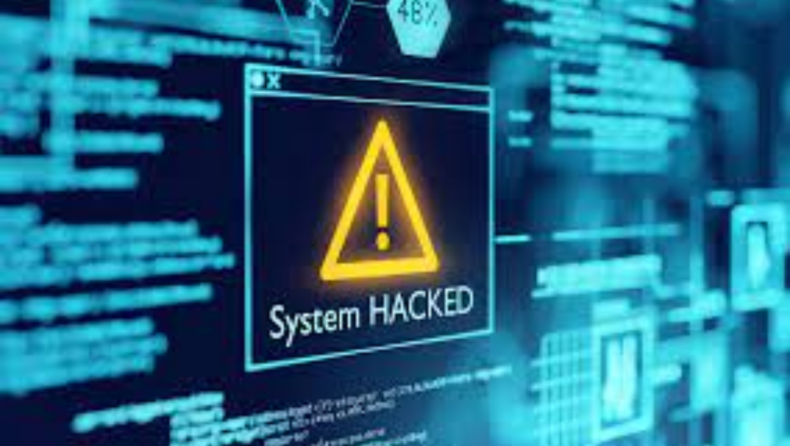In today’s world, cybersecurity threats played an important role to defeat the enemy. Recently in the Russia Ukraine war Ukraine said Russia played with its cybersecurity data which is called cyberwarfare.
What is cybersecurity?
According to cybersecurity and infrastructure security agency (CISA) Cybersecurity is the art of protecting networks, devices, and data from unauthorized access or criminal use and the practice of ensuring confidentiality, integrity, and availability of information. It seems that everything relies on computers and the internet now—communication (e.g., email, smartphones, tablets), entertainment (e.g., interactive video games, social media, apps), transportation (e.g., navigation systems), shopping (e.g., online shopping, credit cards), medicine (e.g., medical equipment, medical records), and the list goes on. How much of your daily life relies on technology? How much of your personal information is stored either on your own computer, smartphone, tablet or on someone else’s system?
What are cybersecurity threats?
- Cyber espionage- the art of obtaining secret information through malicious software.
- Cyber-attack- targets the computer information system, infrastructures, computer networks.
- Cyber terror- cyberspace used by terrorist for number of purposes such as planning terrorist attacks, to raise funding etc.
- Cyberwarfare – it is carried out by country or its proxies to attack the computer system in other countries. Such as theft, vandalism, destruction of critical information.
Software of cybersecurity threats-
- Malware-
it is program or file that is harmful to computer user and includes viruses, worms, trojans and spyware and performs the functions stealing, encrypting, deleting sensitive data, altering or hijacking core computing functions.
- Types of malwares-
- Virus- it can execute itself and spread by infecting other program or files.
- Worm- it replicates self without a host program. They spread without any human interacts.
- Trojan- it is a legitimate program once activated than trojan executes malicious functions.
- Xafecopy- it operates normally malwares uses technology to bypass ‘captcha’ systems designed to protect users by confirming the action is being performed by humans.
- Spyware- it is designed to collect information and data without user`s knowledge.
- Pegasus-It is the surveillance spyware that enables the remote surveillance of mobile phones. It can read every message and call once it infects the phones.
- Distributed denial of service-
- Denials of service (DOS)- it is the malware attack that prevents or impairs the authorized use of information system resources. It creates the number of botnets and these botnets then ping a single server all at the same time. As the number of pings are far beyond the capacity of the target server. Then the server crashes and denies service of genuine users
- Distributed denial-of-service- it is a variant of denial-of-service attack that users a coordinated attack from a distributed system of computers rather than a single source.
Impacts of cyberattacks-
- Unauthorized changes made to data and information technology system which results in inaccuracy.
- It effects the national security threats or confidential data.
- It destructs the information systems
- It impacts the integrity and availability of information.
- It destructs the information infrastructure.
- Also affects financial loss.
Challenges and strategies in India’s cyber security-
- International convention-
Presently, Budapest convention is the 1st international treaty seeking to address internet and computer crime by harmonizing national laws. This promotes greater cooperation between countries in fighting cyberattacks.
India has not joined this convention because of allowance of cross border of data to carry out investigation.
- PPP framework for cybersecurity-
Presently most of cybersecurity operations done by government agencies there is a need to change to leverage private sector expertise in combating cybercrimes through this network.
- Strength information technology act and national cybersecurity policy 2013 needs reform.
Cybersecurity preparedness by India-
According to international telecommunication union (ITU) released global cybersecurity index in2017 this measures performance of countries in terms of improve cybersecurity, India placed 23rd rank among 165 countries.
- Section of 66f of ITA- special provision deals with cyber terrorism and cybercrime, denial of access, unauthorized access, critical infrastructure, sensitive data
- National cybersecurity policy 2013-this document id drafted by department of electronics and information technology. Establish national critical information infrastructure protection center (NCIIPC) to improve the protection of country`s critical infrastructure information.
- National cybersecurity coordinator (NSCS)– under this NSCS coordinate with different agencies at national level cybersecurity matters.
- Cyber Swaachha Kendra- introduce for internet users to wiping all virus and malwares out
- Information security education and awareness project (ISEA)- training of personnel to raise awareness and to provide research, education, training in the field if information security













